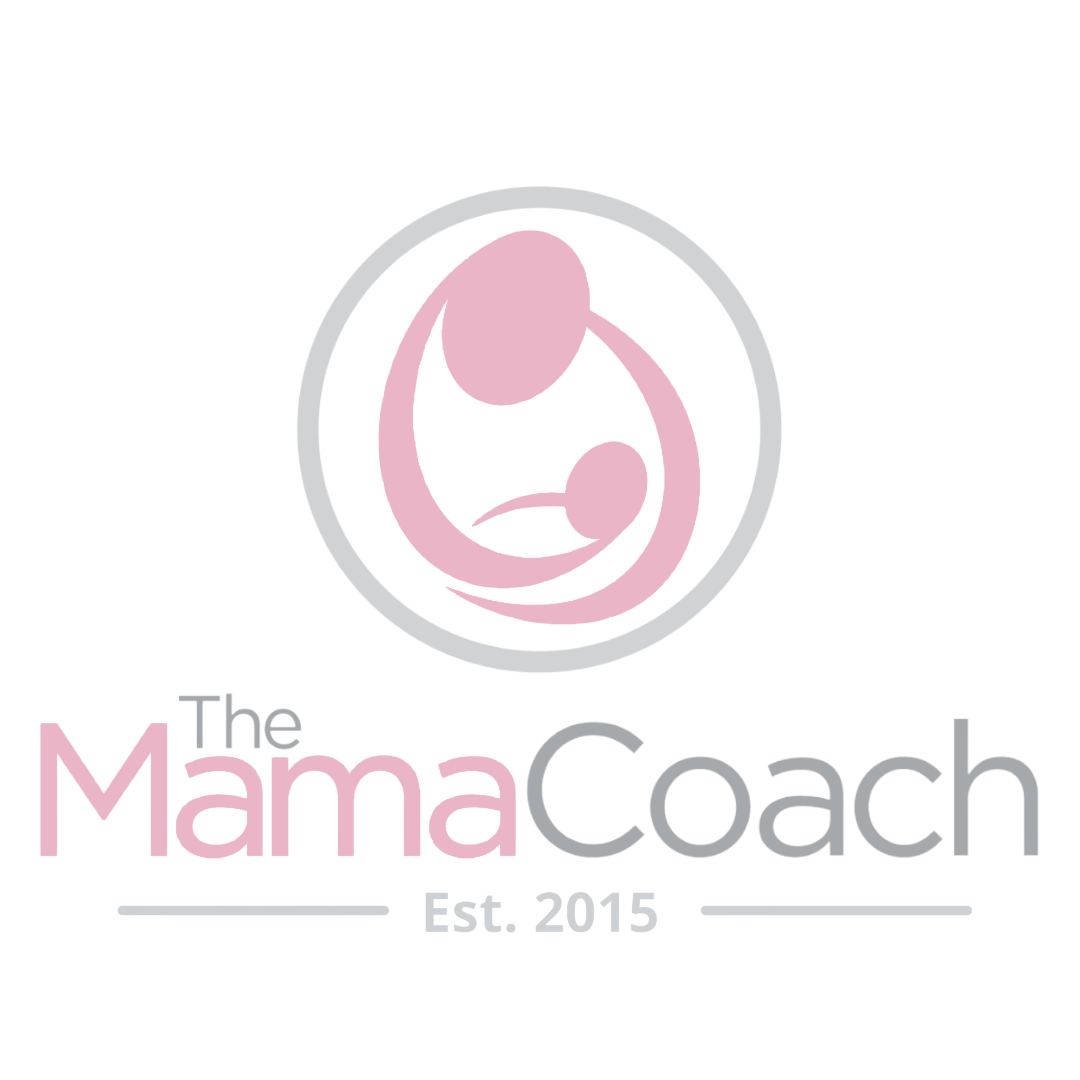You may have heard the words “Baby Led Weaning (BLW)” before and may be unaware of what exactly it entails. Or maybe you have tried Baby Led Weaning and it didn’t go over well with your little one. Let’s dive into all things Baby Led Weaning.
Firstly, the term is actually quite misleading. It’s not really about weaning your baby from the breast or bottle at all. It’s about adding complementary foods to your baby’s diet when they are at the appropriate developmental age. Baby-led weaning is an alternative approach to beginning solids with your baby and usually begins around the 6 months mark. Instead of the traditional spoon and pureed feeding, baby-led weaning is based on the philosophy of trusting your infant and their instincts. You completely allow them to take the lead.
By offering finger foods on their tray, you allow them to explore, experiment, and choose what is best for their liking. This allows the baby to decide how much or how little to eat. You trust that they know when they are hungry and when they are satisfied. Your little one will explore many different tastes and textures and over time you will get to know what they will want on the menu! One of the best things about baby-led weaning is your baby is eating what the rest of the family is eating. Therefore, you do not need to prep or plan any extra meals or pureed baby food.
Breastmilk and/or formula is all a baby needs until about 6 months of age. Prior to this, their immune and digestive systems are not ready to start solids. In 2002, the World Health Organization recommended that the age for starting complementary feeding should be changed from 4-6 months of age to strictly 6 months. This change to 6 months of age gave infants more time to develop and prepare for the introduction of solids.
A 4-month-old would be in no way able to sit independently and bring food to their mouth. Therefore, pureed and spoon-feeding was a must. But, because the current recommendations are to wait until the baby is older (around 6 months of age), they are developmentally ready to skip the pureed stage. This also may increase the likelihood that the babies would be interested and accepting of foods.
Benefits of Baby-Led Weaning
- babies have full control and decide how much to eat early on
- potential to be more nutritious, as purees are often watered down
- less expensive
- may be more practical, less time consuming
- introducing more textures, and different tastes early on may encourage babe to be less picky
- improves dexterity; helps develop hand-eye coordination
- baby gains confidence in their own abilities and enhances their independence
Is Baby-Led Weaning Safe?
Research has shown that infants are developmentally ready to handle finger foods at 6 months of age, so it is very unlikely that your baby will choke. But, your baby will likely gag. A LOT! You may see them making a funny face and hear them gagging but they aren’t choking. Recognizing the difference between gagging and choking is very important. A gagging child makes lots of noise and is coughing loudly. A choking child will make no noise or just a high-pitched wheeze, will look panicked, and may begin to turn blue.
Babies are experts at avoiding choking. A baby’s natural gag reflex is triggered much farther forward on its tongue than it is for adults. This reflex shifts food that has traveled too far back in their mouths, back to the front again to prevent any choking. When your baby gags, try to keep your cool. If you panic and make a big deal of it, you may scare them into thinking they did something wrong while they were eating, and they may be hesitant to try any foods again.
In 2015, a research study in New Zealand (The BLISS Trial) was initiated where they separated 200 families into two groups. There was no difference in relation to choking between the baby-led weaning group and the control group.
Beginner BLW Foods
- meat: beef, poultry
- fish
- eggs
- beans and lentils
- steamed vegetables, like sweet potato
- soft fruits, like avocado, bananas, steamed apples
- whole grains, like toast, rice, pasta
- well-cooked eggs
- full-fat yogurt with no added sugar
- cheese
Before beginning your baby-led weaning journey, here are two things to remember:
- Be confident in the process. Learn about baby-led weaning. The dos and don’ts. Ask questions when you feel uncomfortable.
- Be confident in infant choking and CPR. Even though baby-led weaning is proven to be just as safe as pureed feeding, we always suggest for parents and caregivers prepare for a choking episode. No matter which approach you take to beginning solids it is important to know infant choking and CPR maneuvers.
Want to learn more about starting solids? Connect with your closest Mama Coach to learn more about our educational feeding workshops and CPR classes.








